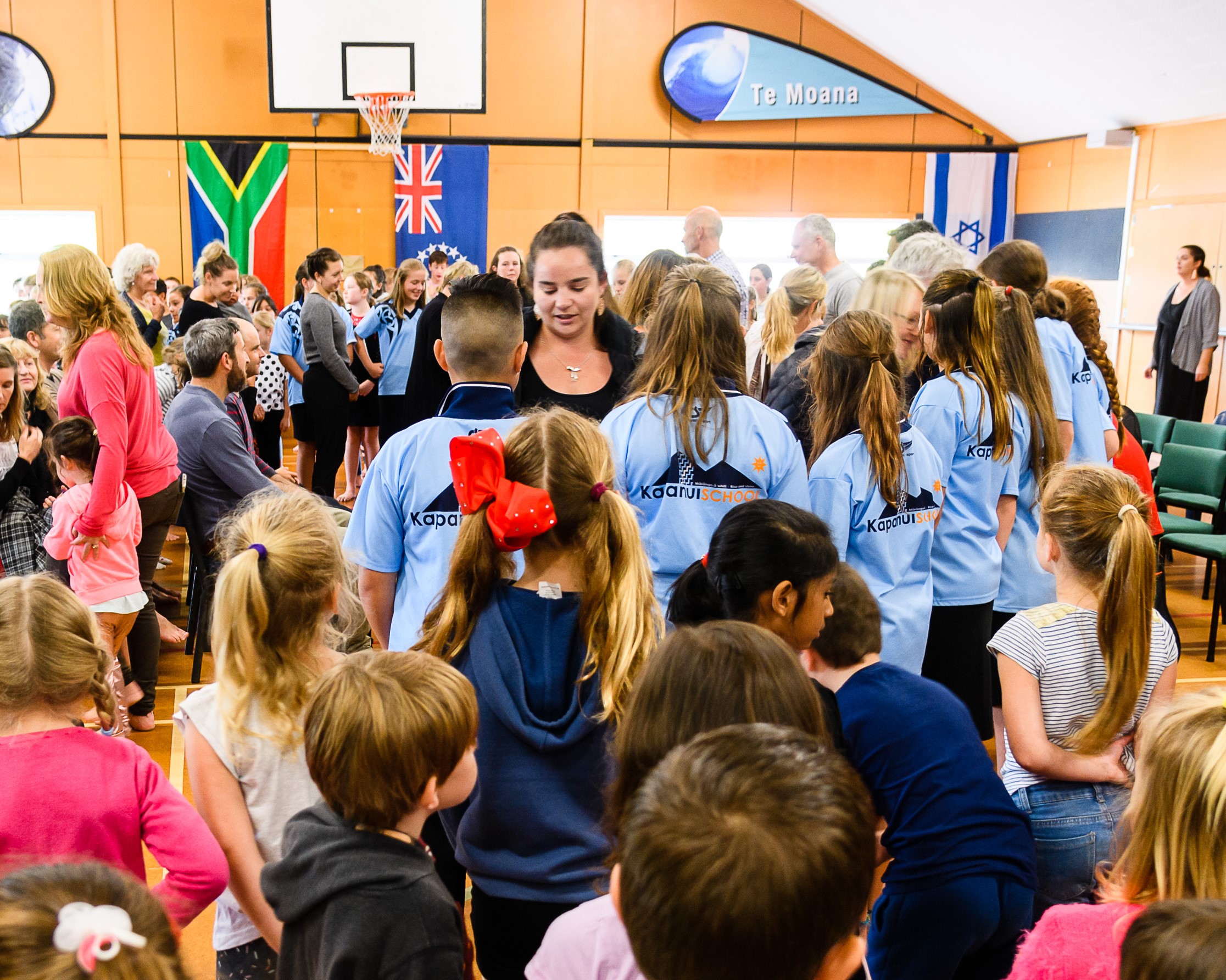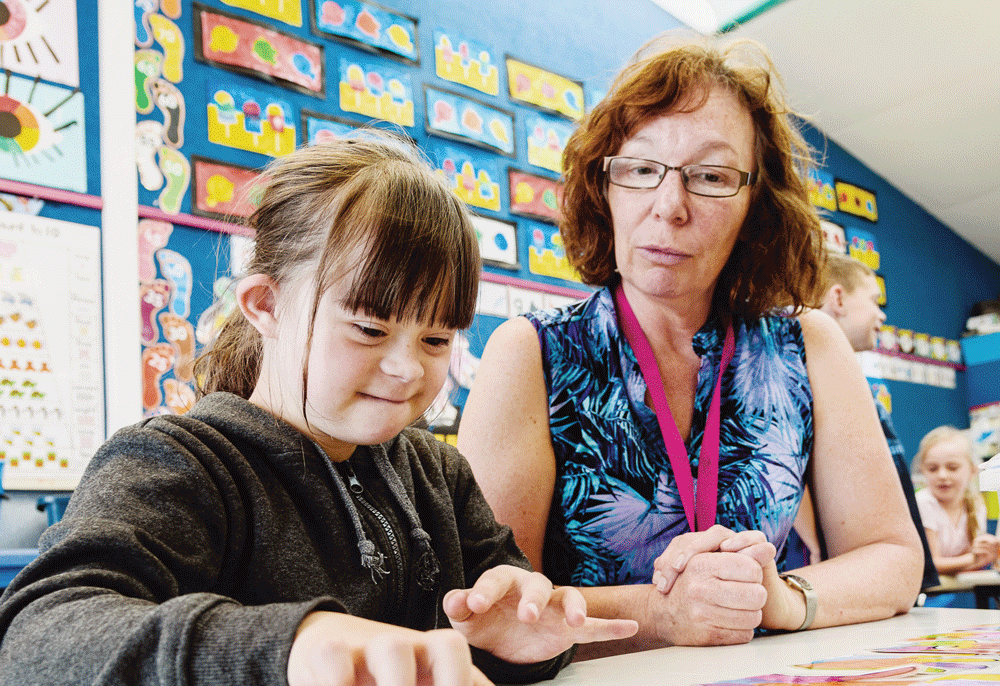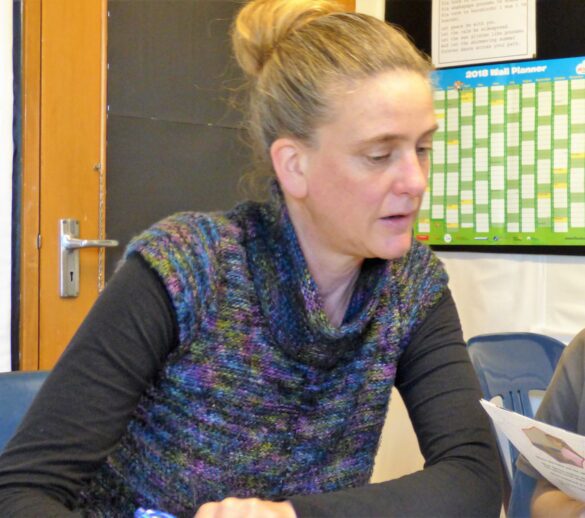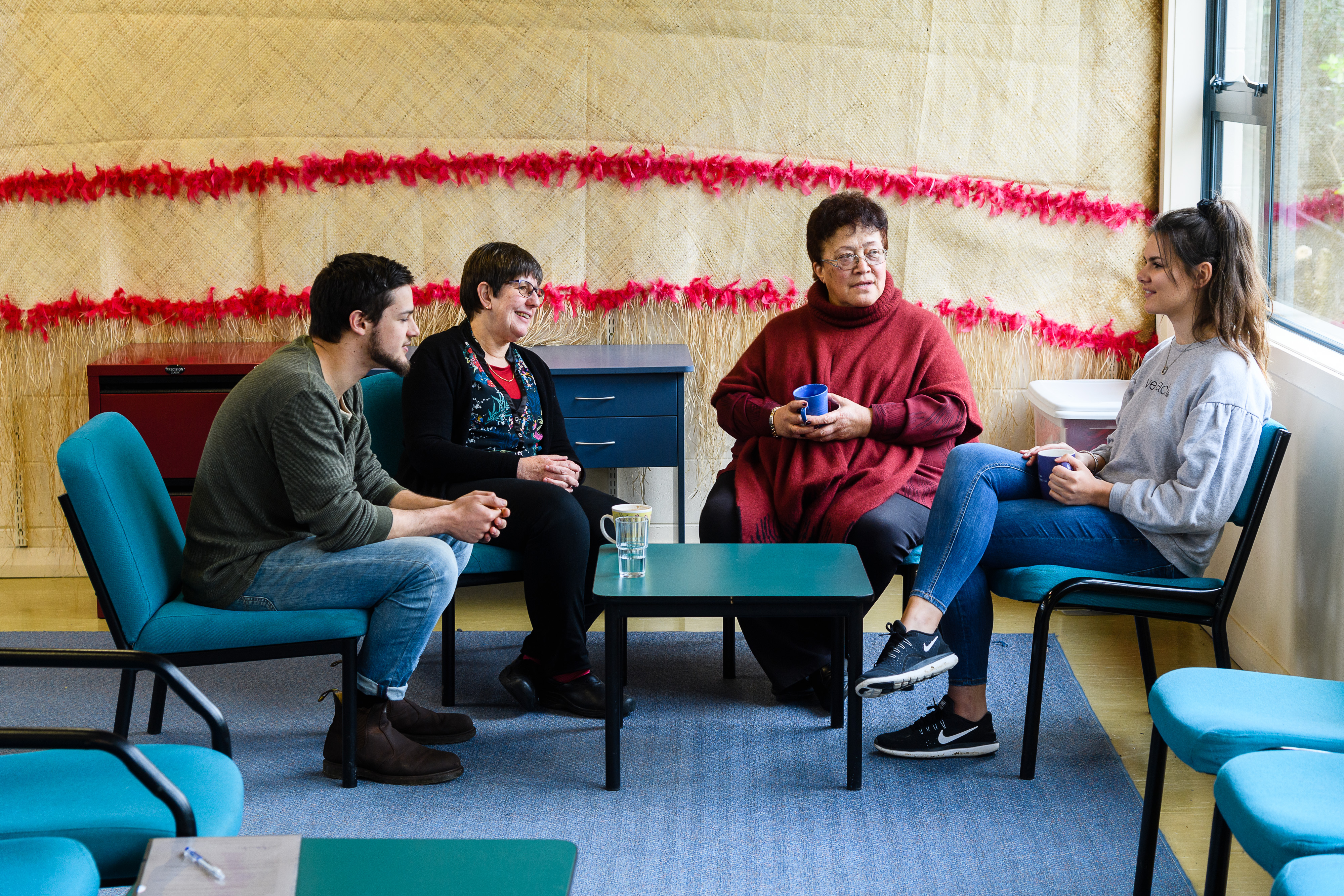
The community of kapa haka
For nearly a decade, Kapapapanui School in Waikanae has been using kapa haka as a way of building community in and around the school – and the benefits have been extraordinary for both Māori and non-Māori students.
No Image

For nearly a decade, Kapapapanui School in Waikanae has been using kapa haka as a way of building community in and around the school – and the benefits have been extraordinary for both Māori and non-Māori students.

The importance of whānau and community doesn’t lessen just because a child starts school, but it can be hard for educators to maintain these strong connections once a child leaves early childhood education. Jane Blaikie and Jane Arthur talk to educators across the country about the challenges they face when trying to build bridges between the child and their community.

One of the most important things for children with additional needs to be able to access the curricula and to thrive at school is having huge support behind them. That includes from the school and whānau communities and from school leaders, support staff, teachers and itinerant staff.

Across the country, teachers report that there are more children with high learning needs and the resources and funding to help these children are over-stretched. Education professionals talk here about how they deliver the curriculum to children with learning needs.

Janice Jones, deputy principal at Karori West Normal School, says the most important thing about being a truly inclusive school, in which every child thrives, is that the whole school is in the waka together.